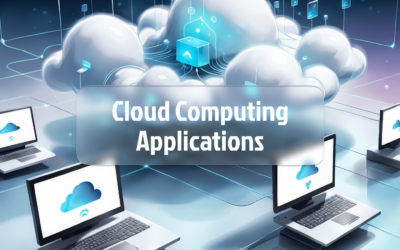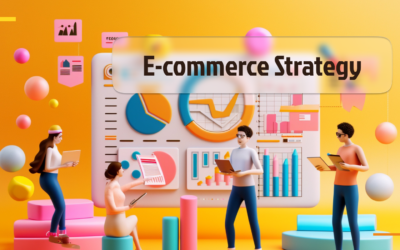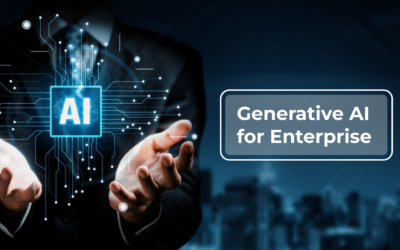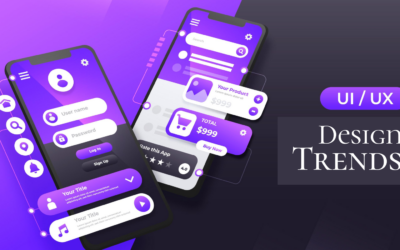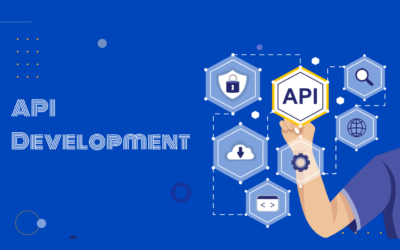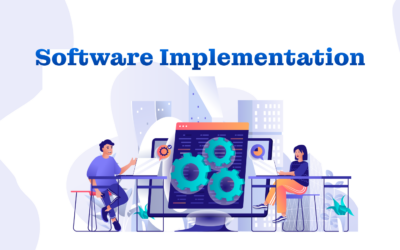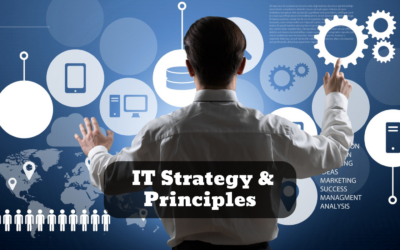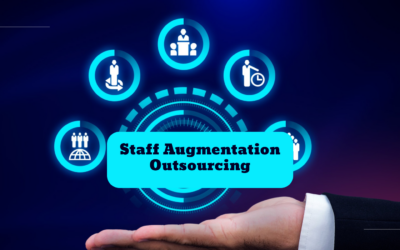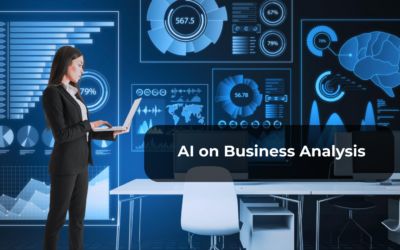What role does technology play in innovation?

Revolutionary projects and innovations are currently being developed due to the exponential rise of technology, which has greatly advanced science over the past fifty years. Everyone should be prepared to recognize how the numerous new digital trends and breakthroughs that are currently occurring assist to revolutionize business.
Here we are going to discuss the best tech trends in innovation technology that are leading the IT industry in the future.
Low-code & no-code software development
This concept might seem contradictory as coding is the basis of software development.
However, software development is increasingly complex, and the need to deliver software faster never slows. This has put software development teams under constant pressure and made new talent reluctant to enter such high-pressure environments.
Exactly for these reasons low-code and no-code products quickly gained popularity across the software development field.
Importantly, low-code and no-code tools and platforms will never replace actual coding in software development—someone needs to develop them. But more people are getting on board with the benefits they bring.
Low-code and no-code options can be utilized to complement software development pipelines by allowing users to develop, deploy, and manage some parts of software solutions and delivery pipelines. Another advantage? Lowering the barrier to entering the software development field and helping to attract new talent.
Big data security
Big data and data science have become the norm in the IT industry, with data as the cornerstone of any business.
Software development has evolved to cater to big data needs from collecting, storing, and analyzing data. With the increased scrutiny of big data by users, regulatory bodies, and governments, securing all this collected data has become the number one priority for any organization.
This need, in turn, has led to integrating security as a fundamental component. It requires integrating security particles from the beginning of development in any software that interacts with data. With the rise of the “data as a service” platform and continuous internet threats, big data security will become the next major trend.
Augmented reality, virtual reality & mixed reality
While AR, VR, and MR seem to have stagnated in recent years, reality shows constant progress in all three technologies. With most consumers craving new experiences, these technologies will fundamentally change how we see and interact with the world.
Augmented reality (AR)
This can be the most widely used technology as it has applications across most industries, from eCommerce to changing the way users shop to navigation with AR-powered GPS apps.
AR can become a core part of the user experience with more and more reliance on digital technologies. All this equates to software developments targeted at AR. Furthermore, AR development is quickly gaining momentum with tools like ARCore and ARKit from Google and Apple.
Virtual reality (VR)
When thinking of VR, gaming immediately comes to our mind—because that’s its big use case.
VR can offer an unparalleled user experience, immersing you in entirely virtual worlds from a first-person perspective. You can be exploring a distant planet now and, in the next second, exploring the deepest trenches in the ocean, all in the comfort of your home.
However, most of us forget that VR has applications far beyond gaming—applications that can change education and other entertainment sectors, in particular. Students can get hands-on experience in a virtual world and even watch VR-based movies. Virtual reality-based software developments will be widespread thanks to two new developments:
- Dedicated tools like Amazon Sumerian and Google VR
- Lower VR hardware costs
Mixed reality (MR)
MR is the bridge between reality and digital worlds—it’s the platform that bends the digital with the physical. Mixed reality has the potential to fundamentally change how we interact with the physical world.
Companies like Microsoft backing MR with products like HoloLens have laid the groundwork for MR becoming the next big thing.
Progressive web apps
With the continuous growth of mobile and web-based applications, developing and maintaining separate applications for both platforms may become an unnecessary burden.
PIA or Progressive Web Apps can enable developers to create mobile-focused versions of their web-based applications using web-based languages like JavaScript, CSS, and HTML that serve through mobile browsers yet provide a native app-like experience.
Growth in IoT
The Internet of Things is ever-expanding, with billions of smart devices powering many industries across the world, ranging from simple home appliances to medical devices. Thus, more and more software will be developed targeting these IoT devices. This will lead to an even tighter relationship between cloud and IoT technologies—after all, most IoT devices rely on distributed and cloud-based technologies across their lifecycle.
We can not only get over cognitive limitations but even circumvent them with the aid of developing technology. When the human mind is unable to show traits that are suitable for stimulating creative thought and bringing about change, technology can provide that extra push.
